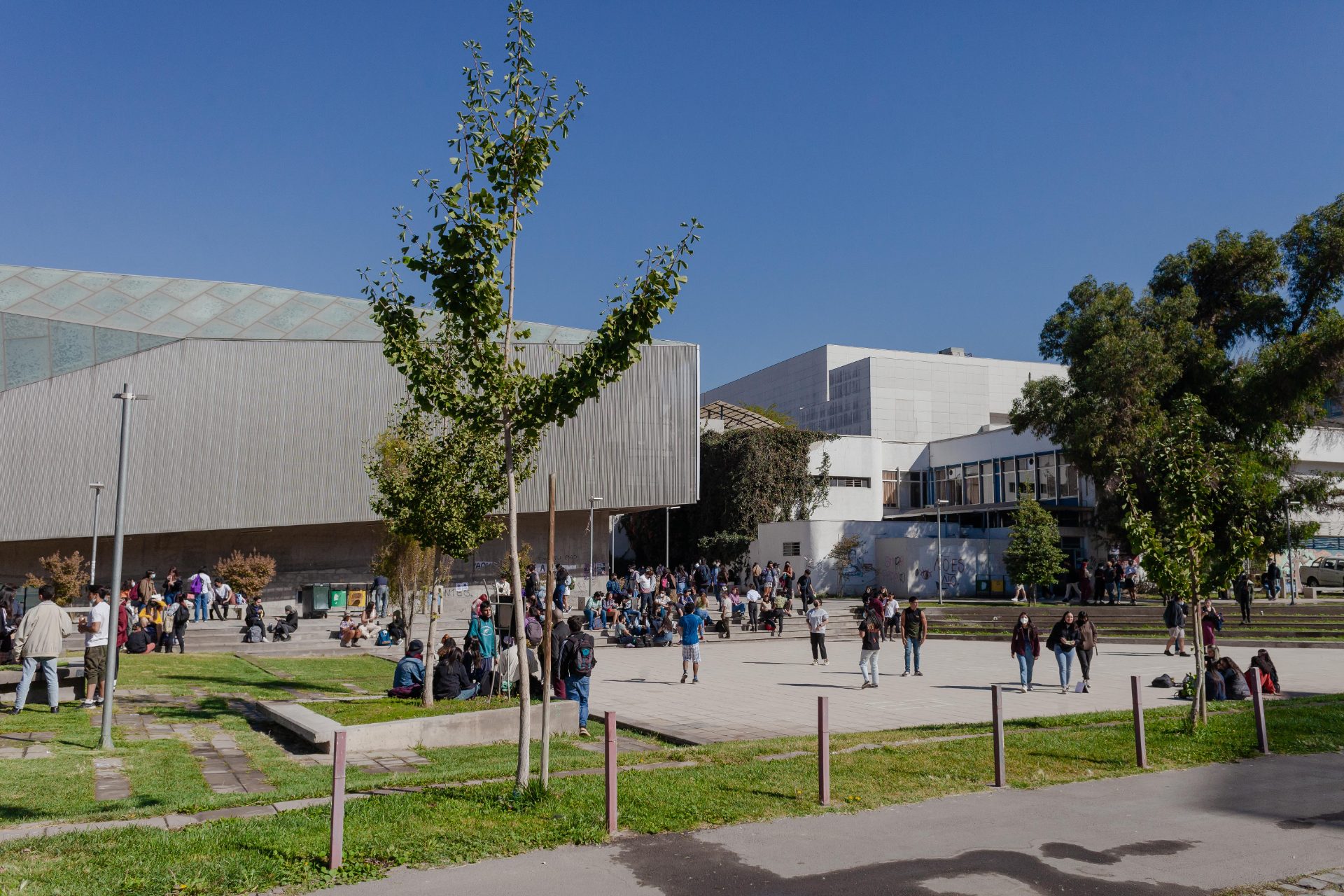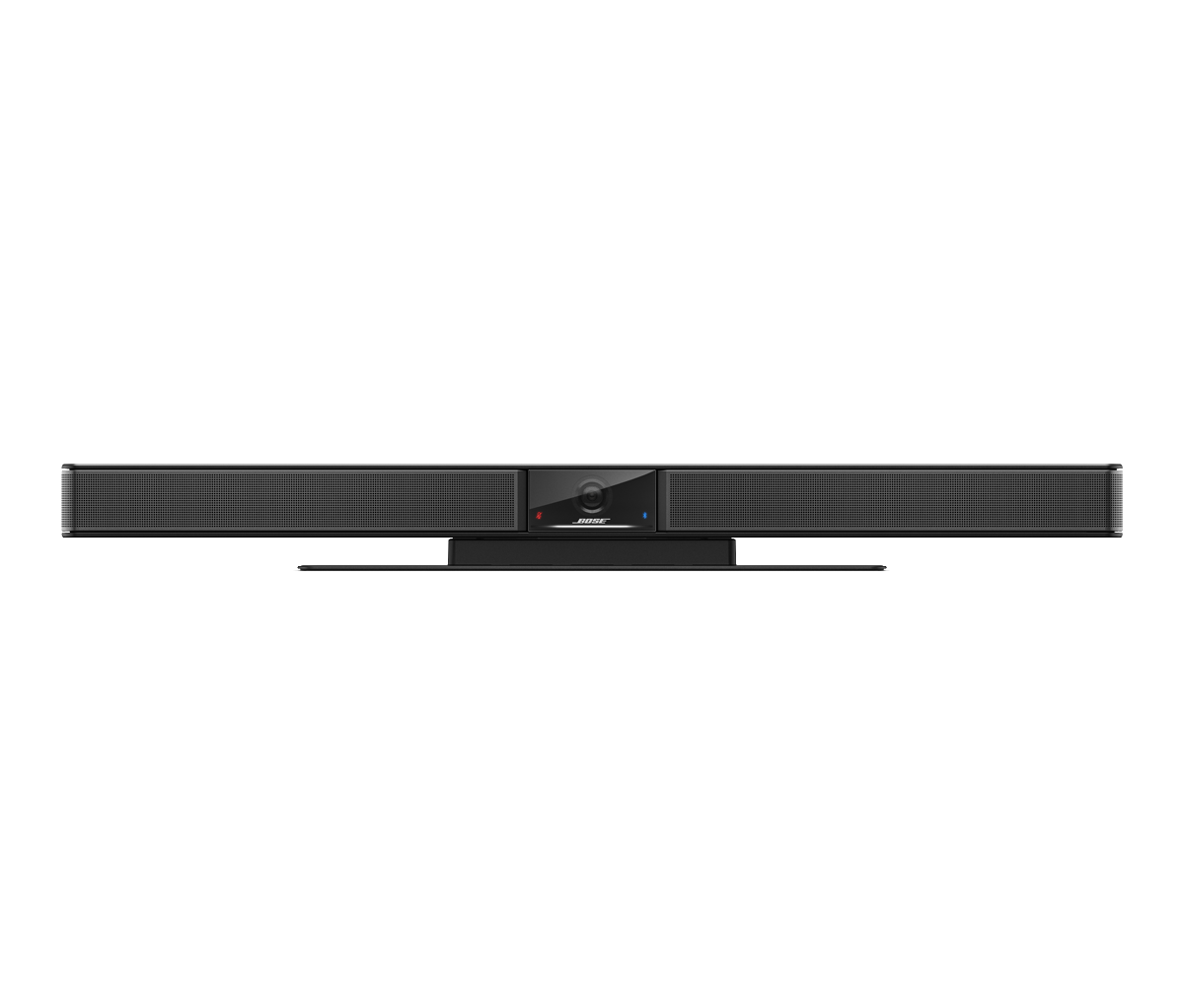ABOUT THE PROJECT
The University of Chile, located in Santiago and founded in 1842, is the oldest higher education institution in the country — and is at the top of the Chilean university system known for its teaching, research, creation, and outreach. As the eighth most important university in Latin America, it boasts 21 Chilean presidents as former students as well as two Chilean Nobel Prize winners.
With more than 43,000 students, the university has 14 faculties and five interdisciplinary institutes across five campuses, with several experimental stations in Santiago and other regions of Chile. The university is also the first to have an IT Vice-Rector’s office, which allows technological decisions to be made from a higher level. One of the departments connected to the IT Vice-Rectory is the Online Education Department, which oversees the online education projects across all the faculties and institutes.
THE BOSE PROFESSIONAL SOLUTION
In the middle of 2020, during the most challenging months of the global pandemic, the University of Chile decided to develop and implement a hybrid classroom approach. They wanted to ensure they were ready to offer the best teaching and learning experience once restrictions on mobility and meeting in indoors relaxed, and when students and faculty could return to the classroom — whether this was fulltime or phased in over time.
The project was entrusted to the Office of IT Vice-Rector and Office of Online Education. To have a clear idea of what the hybrid classroom project required, the Office of Online Education assessed the requirements of each of the university’s faculties. It analyzed the architectural aspects and lighting conditions of the classrooms in buildings across the five campuses and interviewed directors, professors, and students about their classroom dynamics.
Simultaneously, from an academic point of view, the IT Vice-Rector evaluated the faculties and institutes where hybrid classrooms would be most helpful and functional. They concluded a standardized solution for all learning spaces — from classrooms to auditoriums to laboratories — would not work given the unique challenges each space presented.

“We realized that simply installing a standard, off-the-shelf solution would not work for the different spaces throughout the university, as each space contains unique architectural characteristics,” shared Dario Riquelme Zornow, project manager at the University of Chile’s Online Education office. “Some have modern classrooms with good acoustics and lighting, while other faculty buildings date back several decades, and their conditions are very different.”
Certain a standardized solution was not the answer, the University of Chile selected technology integrator, Tecnomove, to develop the solution for its hybrid classrooms.
Although the IT Vice-Rector sets the course of technological projects implemented throughout the university, each of the faculties determine the pace of implementation and budget allocation, adding an additional layer of complexity to the overall integration project.

Leveraging ideas from Zornow and the Office of Online Education, Tecnomove designed several solution models for each faculty. After several tests evaluating the performance of conferencing devices from a variety of manufacturers, Tecnomove divided the hybrid classroom project into three solution models: basic, intermediate, and advanced.
To offer professors the most straightforward and transparent user experience, the advanced hybrid classrooms needed an agile setup that allowed professors to immediately start the class, whether that was writing on the whiteboard or deploying a presentation or a video, while engaging with students both in-person and remotely.
“We talked to the professors to understand their teaching styles and asked them to show us how they move around the classroom, using the whiteboard and projector,” said Zornow. “We also asked the students how they participate in class both when they’re face-to-face and remote.”
Zornow and team could think of none other than Bose Professional to complete this customized, unique project. The resulting solution included more than 70 Bose Professional Videobar VB1 all-in-one USB conferencing devices, a Kaptivo camera system to simultaneously capture the whiteboard image, and a Lenovo ThinkSmart Hub where each class session is initiated and devices are controlled.
In most classrooms and lecture halls, the Videobar VB1 is mounted next to a flatscreen on a mobile cart, offering flexibility to adapt to the dynamics of the classes. The Kaptivo camera is located at the front of the room and the Lenovo ThinkSmart Hub is placed on the professor’s desk for easy operation.
This hybrid classroom setup responded to the requirements of the Online Education Department, whose goal is to integrate solutions to offer a clean installation without multiple cables and connections — which may be potential points of failure — and streamlined, intuitive operation.
“We are very satisfied with the performance of the Videobar VB1,” said Cristian Navarrete, professional AV specialist at MMT, the distributor for Bose Professional solutions in Chile. “We’re very satisfied with the collaboration experience, and it meets the University of Chile’s requirements.”
The hybrid concept also sought to make professors feel comfortable and successful when teaching, enabling them to move about naturally while speaking. The six beam-steering microphones in the Bose Professional VB1 helped professors stay focused on lessons and not worry about the technology or whether everyone could hear them.
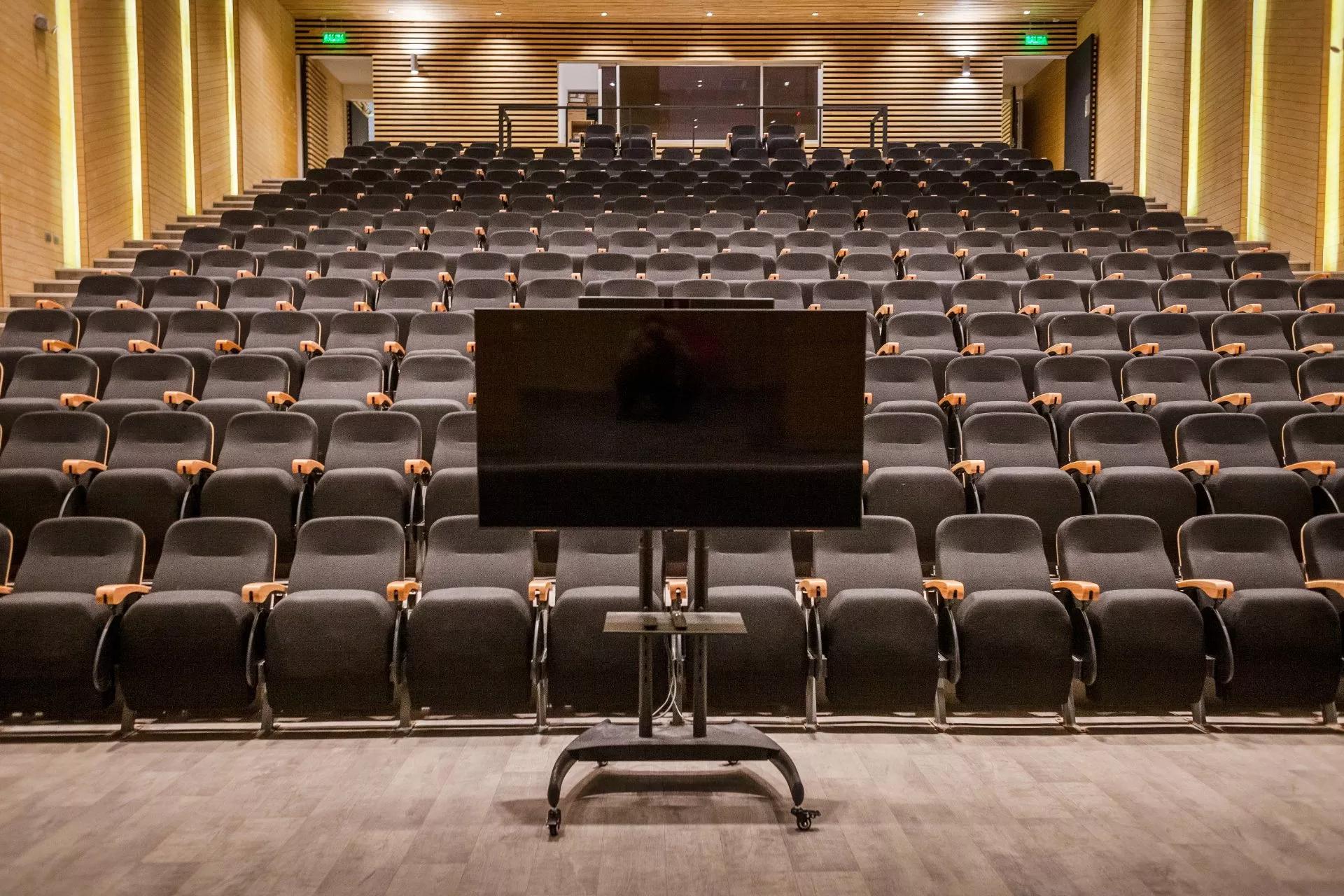
Tecnomove configured the microphone pick-up zones, customizing them to each of the classrooms, to ensure the accuracy of what the audio captured, ignoring the natural ambient sounds of the room or noise outside noise.
Another benefit of Bose Professional VB1 in hybrid classrooms is the device’s audio quality. The remote students’ audio must come through clear and intelligible as well so both the professors and in-person students can hear their participation. This intelligibility is crucial and enables professors to engage with all students while keeping everyone’s focus and attention.
The Bose Professional VB1 4K Ultra HD camera includes easy-to-set-up autoframing so it allows everyone to see and understand the presenter, whiteboard, flipchart, or other in-room objects — and feel like they’re together in the same room.
With such an extensive collaboration system throughout classrooms, lecture halls, and small auditoriums, the Bose Professional solution has extended the University of Chile’s reputation for a superior learning environment. Classes now follow their regular schedules and are held even if a professor cannot be present in the classroom, and students can choose to participate in person or attend classes remotely.
“The technology is not the protagonist in the classroom; the protagonists are the professors and the students, as it should be,” Zornow added.
The audio and video quality provided by the Bose Professional VB1 is ideal for recording and creating an on-demand library where professors can edit files and produce short video capsules containing the lesson summaries. Now students can access lessons missed or review topics if needed.
Zornow explained that, although the investment made in the hybrid classroom project addresses the needs brought about by the global pandemic, it’s not a temporary project but a new educational approach the university views as part of its ongoing academic strategy. The next step in their hybrid teaching approach is to evaluate postgraduate courses, broadening the educational opportunities and welcome students from other cities in Chile — and even other countries — and open up the possibility of having guest professors from other universities.
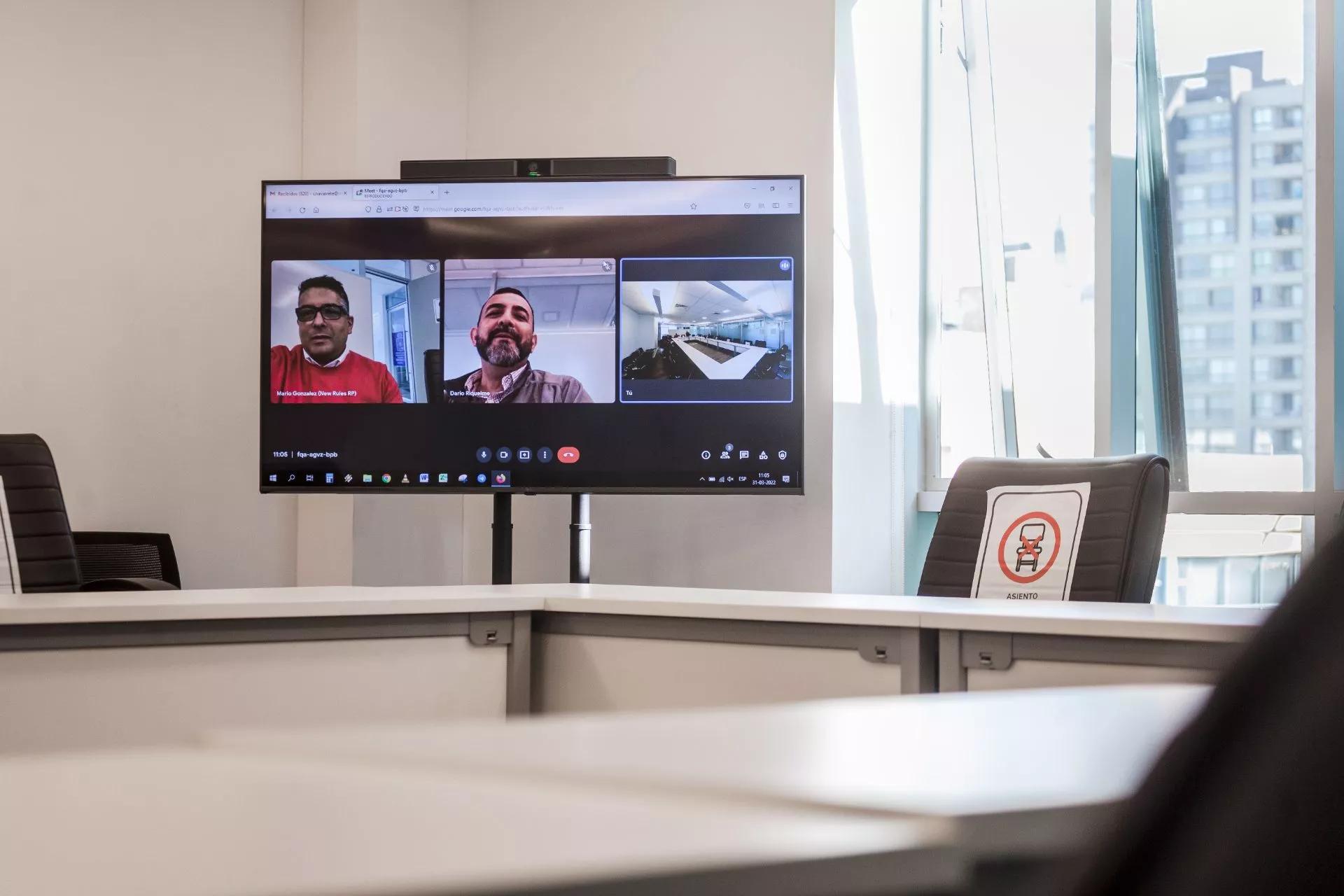
“Hybrid classrooms are accelerating the technology adoption rate by professors,” added Zornow. “Many of them are so motivated that they’re already exploring new teaching methods and seeing new opportunities to make their courses more attractive and engaging.”
The university’s learning curve and comfort to new technology has not been a significant obstacle in the adoption of the hybrid classrooms because the entire university community was involved. The technology teams responsible for the IT and AV systems at each college participated in the integration process and were excited to learn and begin incorporating the technology into their classes every day.
“We were able to accommodate the versatility required by the online education team and solved their needs even as these adjusted as the project progressed,” said Carol Noches, sales manager at Tecnomove. “We are privileged to have collaborated with the University of Chile. The impact of these solutions goes beyond simple technology — we know we’re contributing to the education of young people in our country.”
“We are very satisfied with the performance of the Videobar VB1. We’re very satisfied with the collaboration experience, and it meets the University of Chile’s requirements.”
— Cristian Navarrete
Professional AV specialist at MMT
INTEGRATOR:
Tecnomove, a technology solutions integrator in Chile, provides its customers with tailor-made technology solutions and is committed to the highest quality of service, commitment, and professionalism.
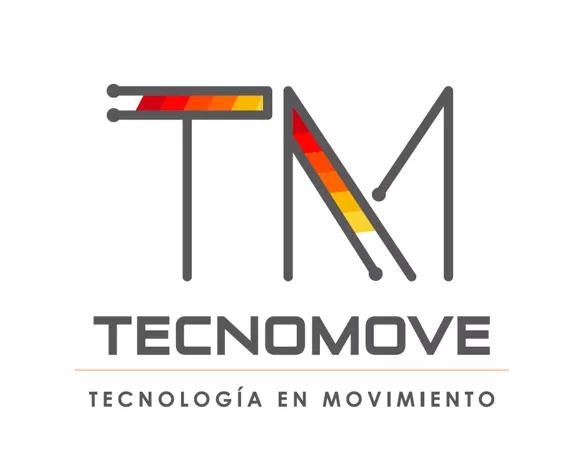
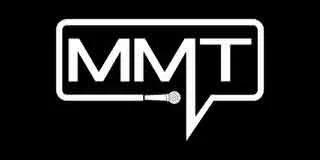
DISTRIBUTOR:
MMT specializes in audiovisual solutions for professional applications. Headquartered in Santiago, Chile, its office and showroom provides integrators an opportunity to experience professional audiovisual solutions.

